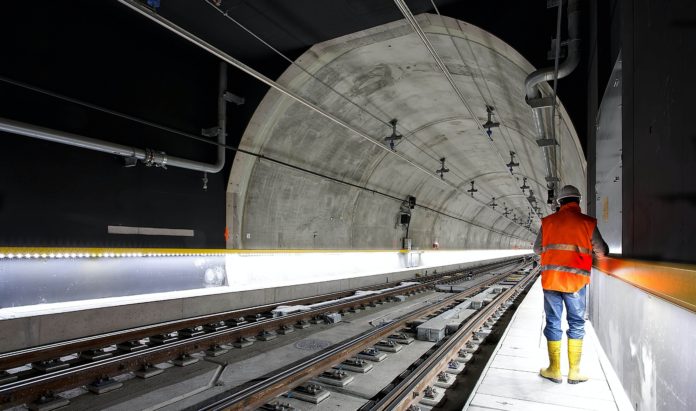Rapid changes are underway in the world of engineering. Those working in this field will need to adapt and learn new skills as the latest technology opens up new possibilities but also brings fresh challenges. The role of the human engineer will change and become more collaborative, working alongside technology and artificial intelligence to solve problems that we may not even have imagined yet.
Some predict that we will see complete automation over the next 30 years. Others say that the engineering workplace will become safer and more ambitious, as machines take over the jobs that are too dangerous for humans, or undertake feats that were once considered impossible. Certainly, engineers will need to be more flexible and creative than ever before.
3D printing
Additive manufacturing, also known as 3D manufacturing, is already used across multiple industries, from manufacturing to healthcare. It enables last-minute construction and faster delivery, as well as remote working for collaborative design teams. Parts can be supplied as needed and created on-site to custom specifications, with small businesses especially benefiting from the new technology.
Robotics
Robots are now capable of working alongside human engineers, bringing greater physical strength, precision and the ability to perform exact repetitive tasks over long periods of time. They will become a vital part of the process of manufacturing systems engineering, as human engineers oversee an entire project from start to finish, deploying technology for specific tasks.
Artificial intelligence
Engineers will increasingly collaborate with AI to design better products and solve problems. AI software is used in processes such as generative design, where solutions may be found that would never have been imagined by the human mind. The engineer sets the requirements and the design parameters, after which an AI algorithm explores all possible variations and generates multiple options from which the engineer can select those that are the most promising. These are then tested and explored for cost-effectiveness and feasibility.
Digital twinning
By using the process known as digital twinning, it’s possible to create an exact virtual model of your design before you commit to building a physical prototype. This can then be tested and analyzed to see how it will perform under real-world conditions, from the commonplace to the most extreme. Engineers will be able to identify flaws and aspects that can be improved. By using data and algorithms, it will be possible to get a more accurate picture than one would get by observing the real thing.
New roles
The widespread use of emerging technology will see engineers taking on new roles in a broader range of industries and sectors. The Internet of Things will require a new breed of civil engineers to design, oversee and maintain the fully connected, smart cities of the future. Biomedical engineers will work in the healthcare sector, working with everything from diagnostic and life-support machines to prosthetic body parts and artificial organs.
Engineering is on the verge of a transformation as important as the first Industrial Revolution. The technological possibilities now on the horizon require new ways of thinking and working in order for them to be harnessed to their fullest potential. In the future of engineering, the only limit will be how far we are prepared to go.
Photo by Ricardo Gomez Angel

